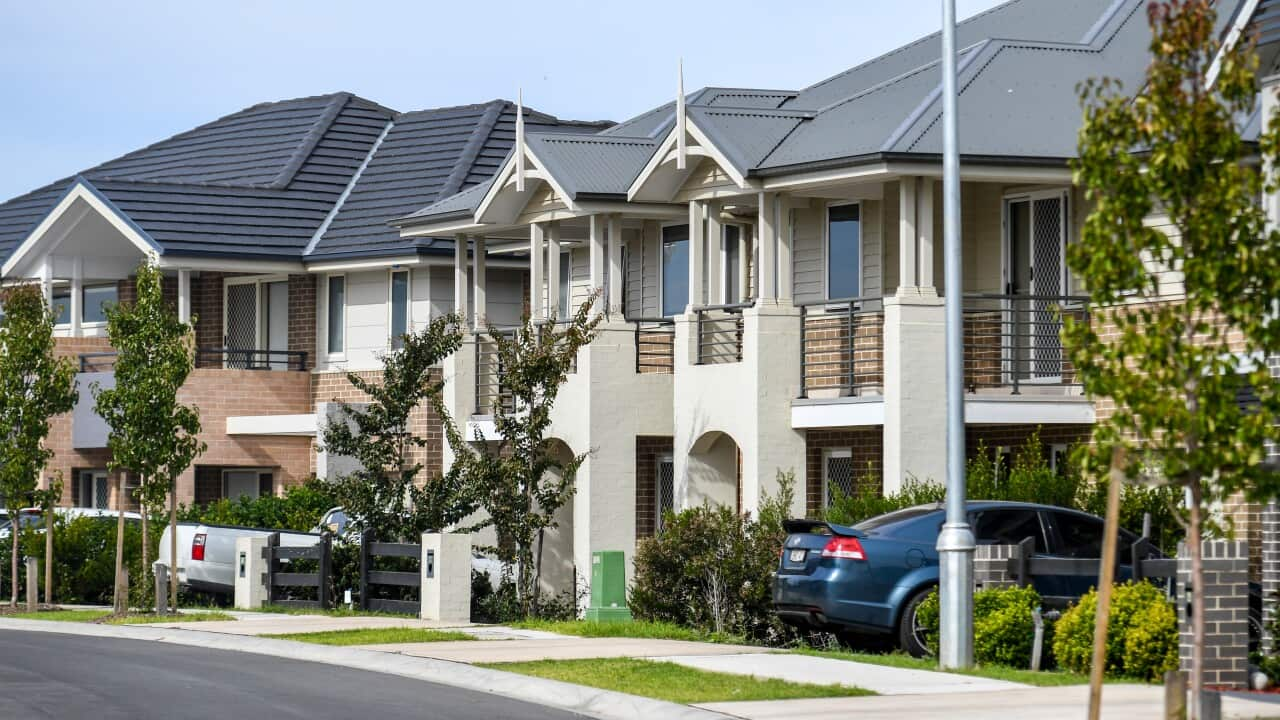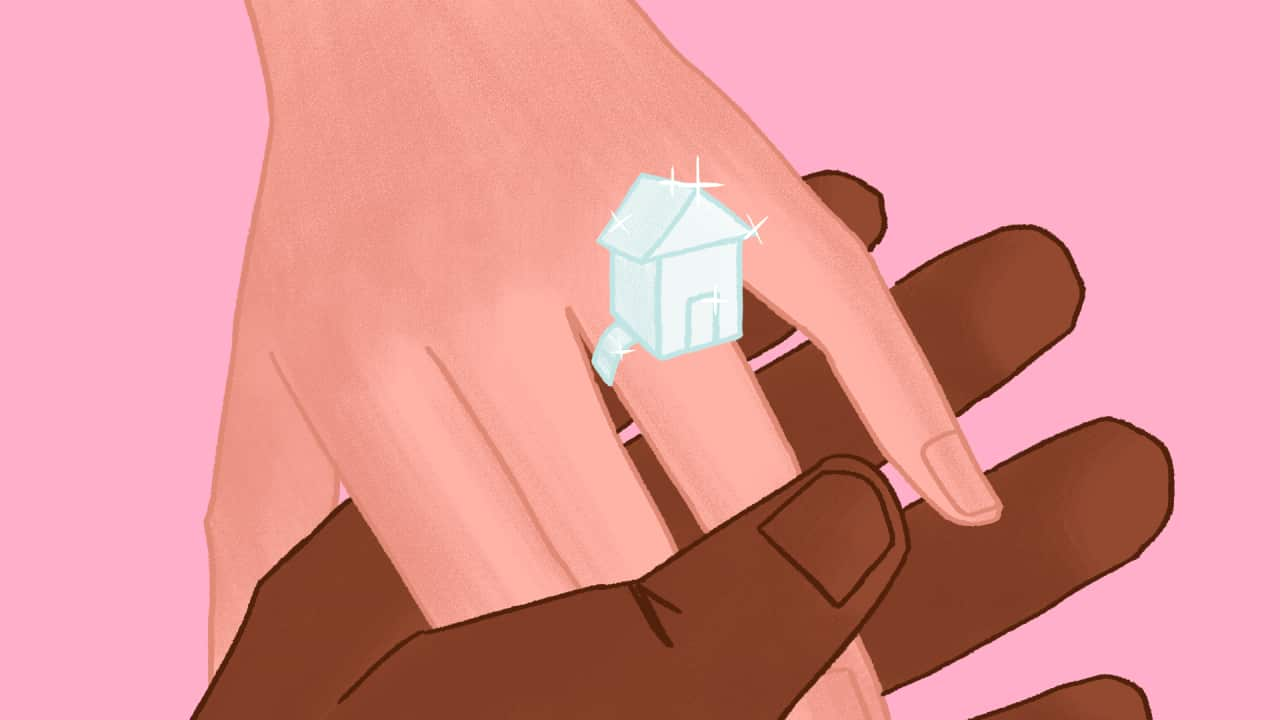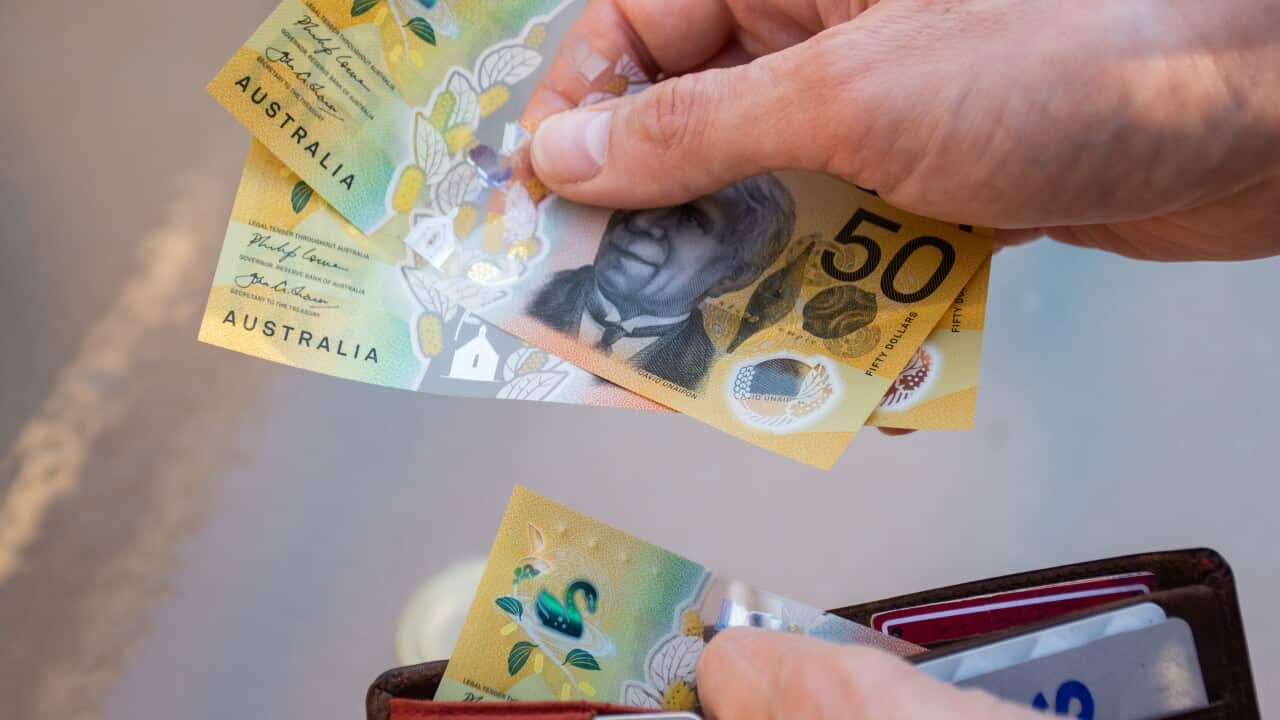The Reserve Bank of Australia (RBA) has opted to leave the official cash rate on hold at 4.35 per cent for the sixth consecutive meeting, as it argues inflation is still too high and there is too much heat in the economy.
RBA governor Michele Bullock said the bank's board was "steering a narrow path" of trying to lower inflation without spiking unemployment and would not cut rates in the "near term".
She hinted that a rate cut could be up to six months away.
"Near term ... the board's feeling is that the market is pricing in interest rate reductions by the end of this year," she said.
"I think the board's feeling is that [in] the near term — by the end of the year, in the next six months — that doesn't align given what the board knows at the moment and given what the forecasts are."
Two of the big four banks — Commonwealth Bank and Westpac — continue to forecast a quarter of a percentage point rate cut in November. ANZ predicts the first cut will come in February, and NAB in May next year.
Westpac chief economist Luci Ellis said the bank's forecasts were "under review" following the RBA board's latest statement.
"It's not because we have a different view about where inflation's going," she told SBS News, noting that the RBA's trimmed mean inflation
forecasts were " almost identical" to Westpac's.
"It's that the board is now uncomfortable with the idea of being forward-looking about policy."
Path to rate cut 'incredibly uncertain'
The central bank began an aggressive tightening cycle in 2022, hiking interest rates 13 times,
It acknowledged in its statement on monetary policy on Tuesday that the path to potential rate cuts and relief for borrowers "remains incredibly uncertain".
Growth in the labour market appears to have peaked but is still at a rate that poses an "upside risk to inflation", but on the other hand "slow growth in GDP, a rise in the unemployment rate and reports that many businesses are under pressure", could lead to downward pressure on inflation, according to its statement.
Bullock said the bank "needs to stay the course ... to try and bring inflation back down by slowing the growth in demand".
"Make no mistake, inflation is still too high and the board does remain concerned about the degree of excess demand in the economy."

Source: SBS News
"Supply shocks have largely now worked their way through the system. And what we're dealing with is continued strong demand, particularly for services. And we're using the tool we have — monetary policy — to operate on the demand side of the economy."
Ellis said the RBA seemed to have assessed the inflation risk to be more than what Westpac believed was "justified by the data".
"We always knew that the Reserve Bank would be among the last to start cutting rates because they didn't go as high so they don't need to go as far to get back to something more normal — but they seem to be pushing that out even further and to be very focused on an assessment of demand in this country that seems to be a be a bit more bullish than many observers would think," she said.
"There does seem to be an intention now at the Reserve Bank to wait until inflation's actually back to target or almost back to target [to cut rates], and that's actually waiting too late."
The bank has an inflation target of 2 to 3 per cent. It stated inflation has "fallen substantially since its peak in 2022", but the target was not expected to be reached until late in 2025.
It would be a slower return to target than the bank offered in May "based on estimates that the gap between aggregate demand and supply in the economy is larger than previously thought".
led to speculation the bank could raise interest rates because unemployment went up while more jobs were created than expected and
However was soft enough to allay fears the bank would choose to raise rates again to force people to stop spending.
Concerns had been raised that significant drops in Australian and overseas stock markets would affect the bank's decision.
On Monday since the start of the COVID-19 pandemic,
In its explanation of the decision to leave rates on hold, the RBA acknowledged that, globally, "financial markets have been volatile of late and the Australian dollar has depreciated".
"Geopolitical uncertainties remain elevated, which may have implications for supply chains," its statement said.
Treasurer Jim Chalmers said the bank's decision was "welcome news" for Australians "doing it tough".
Chalmers said the federal government was confident of economic growth and that inflation would continue to moderate, despite market volatility.

Treasurer Jim Chalmers said the RBA's decision to keep rates on hold was good news for Australians. Source: AAP / Bianca De Marchi
When will we get an interest rate cut?
AMP Capital chief economist Shane Oliver said a rate cut is looking likely in February and possibly sooner, due to concerns about global growth slowing, and demand eventually slowing for Australia's commodities.
"Weaker economic growth means a lower inflation and the reserve bank has to be conscious of that," Oliver said. "At the moment, they risk leaving rates too high for too long, which could mean that they end up undershooting on inflation which would mean it eventually falls back under the target, not on target."
IG Market analyst Tony Sycamore was more optimistic, saying a rate cut could come by November at the earliest but more likely December.
"It can turn into a self-fulfilling prophecy and if things do start to snowball downwards in the US it could be earlier than November or December," he said.
"The RBA's decision today amounts to another hawkish hold. Despite other central banks already moving to ease monetary policy, the RBA still require more evidence that inflation is returning to target before opening the door to rate cuts."
Additional reporting by Alexandra Jones











